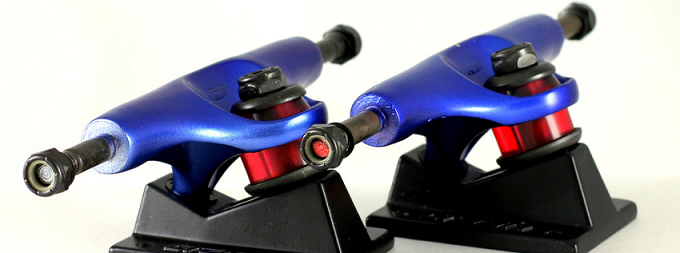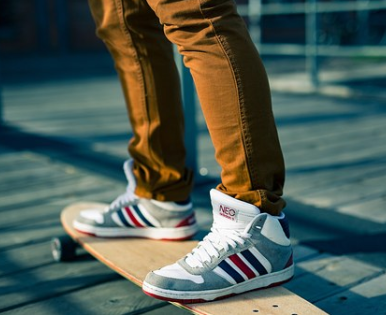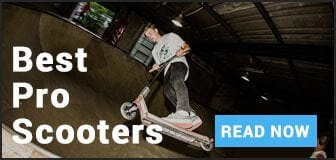Table of Contents
Skateboarding has gained widespread popularity among kids and young adults in the past few years. Many teenagers profess to loving skateboarding more than many other popular sports and games. The increased interest in the sport has led to many skateboarding parks and institutions being established all across the country. Hundreds of thousands of teenagers engage in skateboarding on a daily basis, and many have gone ahead to gain huge success and recognition as professional skateboarders. Anyone can become a pro. It only takes a bit of practice, patience and dedication. It’s also important to familiarize yourself with different aspects of the sport if you want to be good at it.
Types of Skateboards
First and foremost, skateboarding is divided into different categories based on the type of boards used. With that said, the main type of skateboards available out there today include normal skateboards, Baker skateboards, almost skateboards, and longboards. All these skateboards have varying levels of popularity among skateboarders in different regions. Skateboarding as a sport and recreational activity can be risky and should always be practiced with caution. Many people have hurt themselves while attempting to perform dangerous skateboarding tricks and maneuvers. Because of these, skateboards are usually accompanied by different safety accessories and maintenance tools. You cannot be a good skateboarder without these items.
Parts of A Skateboard
You can find fully-assembled skateboards on sale on the web or at physical stores in your vicinity. Or, you can buy different parts of a skateboard and assemble them on your own. A typical skateboard is made up of 3 main parts: the skate wheels, the truck and the deck. The wheels are the part of the skateboard that gets into contact with the ground. The truck is the middle part of the skateboard that joins the wheels and the deck. Most skateboards require 2 trucks; one on the front and another on the rear. Both trucks must be flexible and strong for optimal performance. Lastly, the deck is the upper component of the skateboard that you stand on while riding. This component must be strong and sturdy, as a weak deck may break when it’s unable to bear the weight of your body.

Safety Tools and Accessories
As mentioned above, safety is a big part of skateboarding. Various tools and accessories are necessary for anyone who wants to practice the sport safely. There are specially made clothes and shoes for skateboarders. Both the clothes and shoes are made to enhance your skateboarding experience while providing safety. There are also different types of skateboarding safety tools available on the market including kneecaps, helmets, elbow guards, shin guards and many more. All these accessories and tools are important for a safe and convenient skateboarding experience.
Skateboard Maintenance
A skateboard requires regular maintenance in order to stay in great shape. If you expect top-notch performance from your board, you have to maintain it properly and take good care of it. There are specially made maintenance kits for skateboards available in stores near you. The kits have various maintenance tools and accessories such as skate wax, bearing lube, skateboard rails and many others.guards, shin guards and many more. All these accessories and tools are important for a safe and convenient skateboarding experience.
How To Ride A Skateboard (Pushing, Stopping, Turning)
1. Pushing
So, once you have addressed of all the above aspects of skateboarding, what’s left is to start riding your new skateboard. To begin, you have to take a stance on the board and decide on the direction you want to go. Next, you need to start pushing on the skateboard. The best and easiest way to push is to have one foot on the skateboard at all times. This foot should be placed on the nose or front part of your skateboard. This is so that you leave enough space for your back foot when you finally get on top of your board. Use your back foot to push off the ground and move forward.
2. Stopping
There are various ways you can bring a skateboard to a halt. The first is dragging your back foot on the ground while your front foot is still on the nose of the deck. The second is scraping the tail of your skateboard on the ground by applying pressure on the back of your board with your back foot. The other way you can stop your board is by power sliding or swinging the back wheels of your board until they form a 90 degrees angle to the front. This is considered the most fun but risky way to stop your board.

3. Turning
There two main ways to run on your skateboard: kick-turn and leaning. Kick-turn is when you press the tail of your board with your back foot so that your front foot can easily direct the nose of the board. Leaning is when you apply your body weight to one side of the board. The more you lean on one side, the sharper you turn.
You should try out all of the above skateboarding techniques and techniques with caution.
If you liked the article, please leave your feedback.




